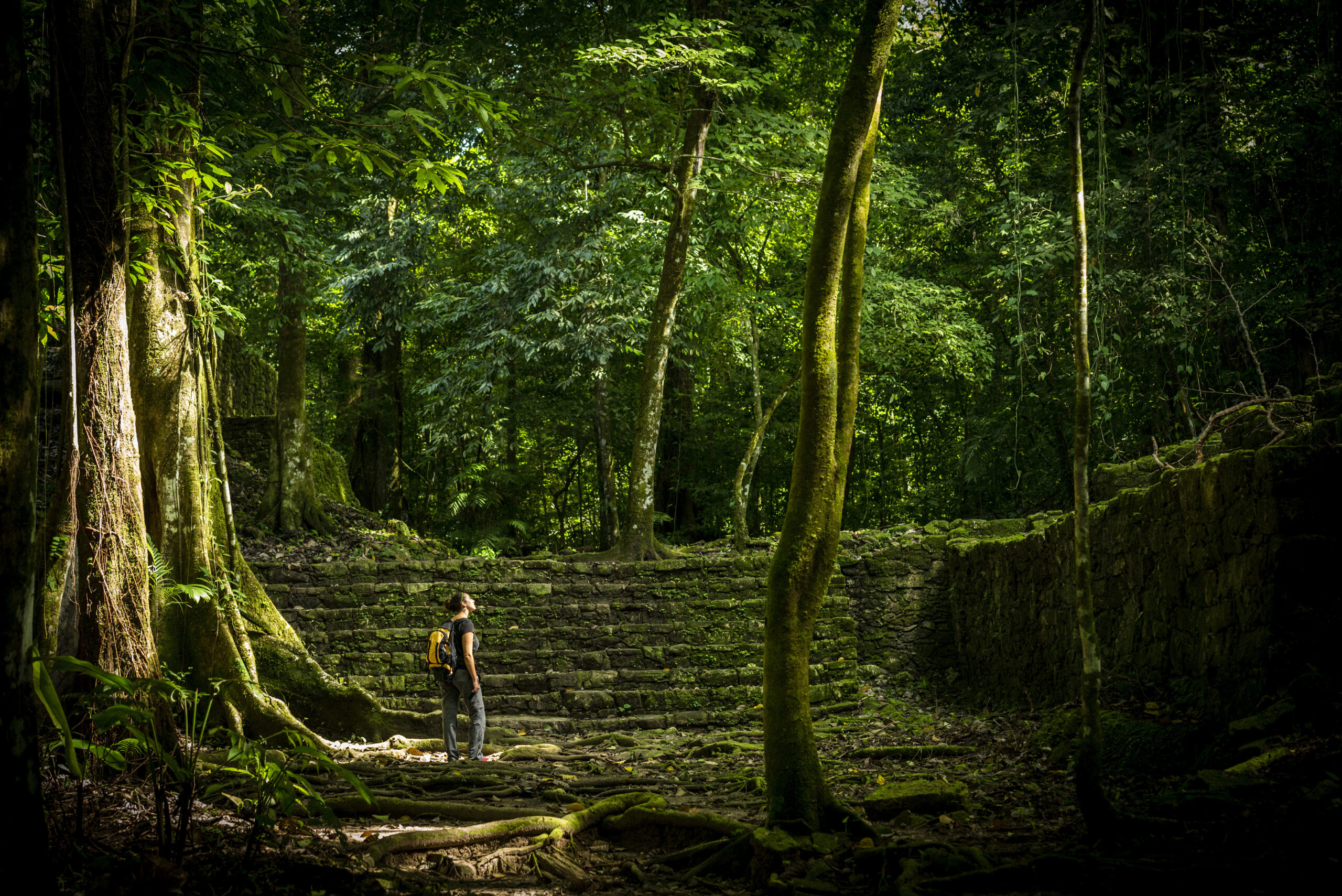Imagine wandering through a mystical forest, with the sun shining through the canopy of leaves, casting its warm light on the ground. The air is filled with the sweet fragrance of flowers and the songs of birds. As you walk, you come across a small, yet fascinating and alluring plant that seems to be unlike any other you have ever seen. It appears to be a normal plant, but upon closer inspection, you realize it’s not just any ordinary plant – it’s a carnivorous plant. The world of carnivorous plants is a realm filled with wonder and mysticism, where plants are not just passive organisms, but rather active hunters, luring their prey into their deadly traps.
The Enchanting World of Carnivorous Plants
Carnivorous plants have adapted to grow in nutrient-poor soils, where they catch and digest insects and other small animals to obtain the nutrients they require to survive. These captivating plants have developed a wide array of fascinating trapping mechanisms, such as sticky traps, snap traps, and pitfall traps, to capture their unsuspecting prey. Some of the most famous carnivorous plants include the Venus flytrap, the pitcher plant, and the sundew.
The Venus Flytrap: A Deadly Beauty
The Venus flytrap (Dionaea muscipula) is perhaps the most famous and iconic carnivorous plant. It is native to the subtropical wetlands of the southeastern United States and has captured the imagination of people all over the world with its unique and fascinating trapping mechanism. The Venus flytrap is a snap trap, which means that it captures its prey by quickly closing its modified leaves around the unsuspecting insect.
The leaves of the Venus flytrap are lined with tiny, hair-like triggers known as cilia. When an insect lands on the leaf and touches two or more of these triggers, the leaf snaps shut within a fraction of a second, trapping the insect inside. Once the insect is trapped, the leaf seals shut, and digestive enzymes are released to break down the prey and extract the nutrients.
The Pitcher Plant: A Deceptive Death Trap
Pitcher plants (Sarracenia, Nepenthes, and Cephalotus) are another fascinating group of carnivorous plants. They are found in various parts of the world, including North America, Southeast Asia, and Australia. Pitcher plants have evolved a unique and alluring trapping mechanism known as a pitfall trap, in which they lure their prey into a deep, liquid-filled cavity.
The leaves of pitcher plants are modified into tube-like structures, with a colorful and often sweet-smelling nectar-producing lid at the top. Insects are attracted to the scent and vibrant colors of the plant and land on the slippery rim of the pitcher. Once the insect loses its footing, it falls into the liquid-filled cavity, where it drowns and is digested by the plant’s enzymes.
The Sundew: A Sticky Situation
Sundews (Drosera) are a diverse group of carnivorous plants found all over the world, from the Arctic to the tropics. They possess a unique and mesmerizing trapping mechanism known as a flypaper trap. The leaves of a sundew are covered in tiny, hair-like structures called tentacles, each tipped with a droplet of sticky mucilage.
When an insect lands on the leaf, it becomes stuck in the sticky droplets. As the insect struggles to escape, it touches more and more of the tentacles, becoming further entwined in the plant’s deadly embrace. Eventually, the insect becomes exhausted and suffocates or dies from the plant’s digestive enzymes. The sundew then slowly curls its leaf around the insect, further enveloping its prey and absorbing the nutrients.
Carnivorous Plant Conservation
Despite their captivating beauty and fascinating adaptations, many carnivorous plants are under threat due to habitat loss, pollution, and poaching. In recent years, conservation efforts have been made to protect and preserve these enchanting organisms. Botanical gardens and organizations such as the International Carnivorous Plant Society have been established to raise awareness and promote the conservation of carnivorous plants.
In addition, many hobbyists and enthusiasts have taken up the cultivation of carnivorous plants in their homes and greenhouses. By growing these plants in a controlled environment, the pressure on wild populations is reduced, and their natural habitats can be preserved.




